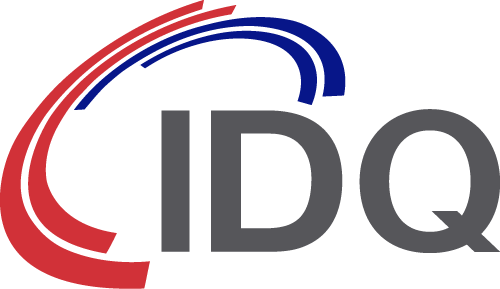A quantum breakthrough for qubit coherence
New Breakthrough in Quantum Technologies: how to improve coherence time of a qubit by a factor of 10,000
In this blog, we look at the work of a research team from the Pritzker School of Molecular Engineering at the University of Chicago, which recently announced they have identified a simple method to maintain qubit coherence 10,000 times longer than before. We also acknowledge its impact on quantum computing, communication and sensing applications.
By harnessing the peculiar properties of matter at the smallest scale, quantum technologies are poised to revolutionise the way we process and utilise information. Thanks to significant investment over the last decade by companies and governments alike, we are learning to play with qubits, the fundamental unit of information in the quantum world. We can now create qubits, store them (albeit for a short time) and make them interact to perform quantum computations. However, qubits are tricky. The main hurdle, which is only partially addressed today, is called decoherence. Even a very weak interaction between a qubit and its environment can make it lose its properties; a situation that is even worse when dealing with a larger ensemble of qubits. This is why quantum computers have to be kept isolated from any external influence and, for most types of qubits, at a very low temperature. Scientists are torn between two competing demands: keep the qubits as well isolated as possible; make them interact with other qubits to perform computations.
As reported in the Science Magazine article, the recent work by David Awshalom and his team, mostly at the University of Chicago, demonstrates a new and potentially generic way to improve the coherence time of qubits, possibly by up to four orders of magnitude. The physics of this phenomenon is quite involved, but the principle behind it is rather simple. Check out this Quantum Hermit article for a good explanation. Adding an exquisitely tailored oscillating magnetic field to drive the qubit transforms it into a new object, known as a dressed-state, which corresponds to a mixture of the qubit with the magnetic field.
This object lives in a Decoherence Protected Subspace (DPS), where interactions with the external world are somehow averaged out. So, we now have a new qubit that is protected from the rest of the world, but can still be made to interact with other similar qubits. The almost impossible has become possible. Advanced readers may recall that this is not too different from the idea of a topological quantum computer where the qubits are rather exotic (and not yet fully certain) particles called anyons, which do not interact with the external world.

Let’s try to explain this discovery with a simple (probably too simple) analogy. Consider a spinning top, like the one used by little children (and most of their fathers…). If the top is at rest, it will immediately fall on one side. The reason is that, although a top standing on its tip is in equilibrium, this equilibrium is unstable. Any small disturbance (like noise coming from the environment we discussed above) will tip it over. However, when the top is spinning, the same disturbance will only have a small impact around the axis of rotation. In some way, the torque induced by the small disturbances will be averaged out by the rotation of the top. This is roughly what is happening with our qubit dressed with the oscillating magnetic field.
The most significant aspect of this discovery is that, although it was only demonstrated with a solid-state qubit in silicon carbide, it can be applied in principle to many types of qubit. We can therefore predict a flurry of new implementations over the next months. Make sure that you remember the acronym DPS, which should appear in many publications. This original idea may significantly speed up the arrival time of a quantum computer, which will be powerful enough to implement Shor’s algorithm on large integers and break existing public-key cryptosystems.
The need for quantum-safe solutions has just increased by a big step.
At ID Quantique, we work with organisations of all types to help them plan for the future and become quantum-ready. By harnessing the unique properties of quantum mechanics, ID Quantique has developed a portfolio of quantum-safe security solutions. Our Quantum Key Distribution (Quantum Cryptography), Quantum Key Generation and Quantum-Safe Network Encryption solutions offer unparalleled protection for data with long-term sensitivity and value. Our products are designed to help governments, financial service companies, healthcare organizations, cloud service providers and commercial enterprises worldwide protect mission-critical data into, and beyond, the era of large scale quantum computers.


